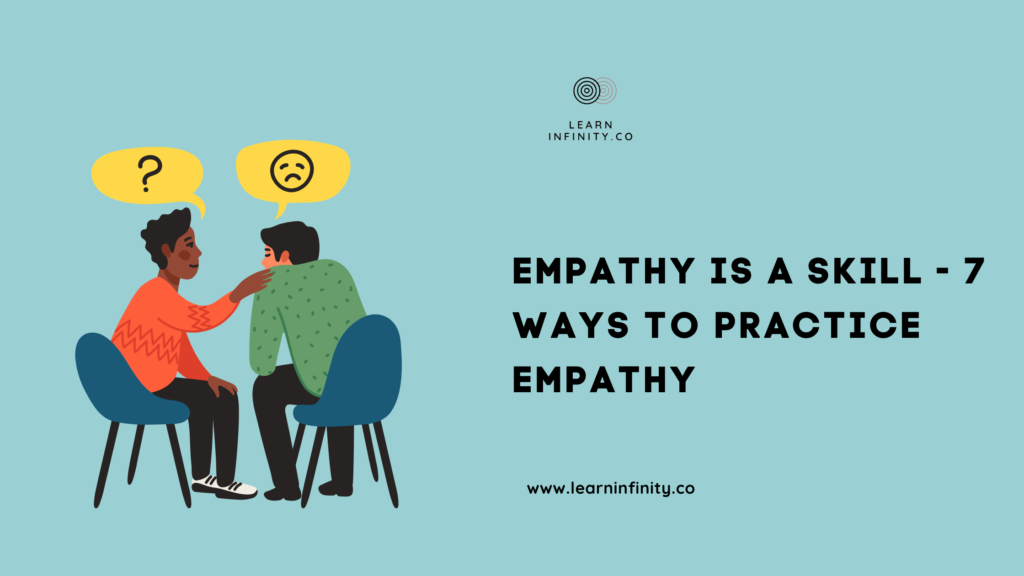A training needs assessment is a process used to identify gaps in an organization’s current training and development programs, and to determine what new training is needed to improve employee performance and meet the organization’s goals.
Why conduct a Training Needs Assessment (TNA)?
To train the right employees with the right approaches
TNA helps you to list down the current training needs among your employees. Based upon the list, you can select which training is the most required which will help you retain the right employees.
Your valuable workforce is always in a lookout for greater opportunities and growth in their career so identifying what they require to move forward in their career or do best in their current role is always important.
By tailoring and personalising your training content, you can keep your training effectiveness at a high level. This is because the more relevant the content is to employees, the more likely they are to participate in the training program.
Greater ROI from training programs
You definitely want to see a positive result if you are organizing training for your employees.

Considering the average training cost, in 2022, per employee is around $1,678 for 100–999 participants, looking at the return becomes not an option but a necessity.
TNA can help to identify the ROI of training
TNA can help to identify the ROI by providing answer to these questions:
- How many employees will be participating in the training session?
- What is the goal behind your exercise program?
- What metrics will be used to measure results? What skills gaps will the training fill?
- How will employee performance goals be measured?
Identify a new learning method or approach
There is a common thinking among the HR professionals or managers that training can solve any problem but it is not always the case.
TNA helps to identify the problem, the gravity of training needs (if needed), or alternative learning solutions that can help to solve the prevailing issue.
For example: In our recent project where learn Infinity was hired to provide safety training to field assistants. We identified that the issue was not lack of knowledge, rather the issue was with the training gears provided to them.
It is a simple example of miscommunication among the employees and management level, in this way you might need to look for alternative learning solutions which can be done only by identifying the root cause of the issue.
If you are looking for an expert to get help with identifying what your employees actually want, call or reach out via whatsapp on +977-9802848899 or drop a mail at learninfinityco@gmail.com.
Level of Needs Analyses
Many needs assessments are available for use in different employment contexts. Let’s discuss the three levels of training needs assessment that can help you identify the training needs among your employees.
Organizational Analysis
TNA at the organisational level helps you identify training programs essential for your employees but also align with your companies business goals and objectives.
Organizational TNA answer the following questions:
- What is the organisation overall trying to accomplish?
- Where is the training most needed?
- Who decided that training should be conducted?
- Why a training program is seen as the recommended solution to a business problem
- What has the history of the organisation been with regard to employee training and other management interventions?
Work analysis / Task Analysis
This is an analysis of the job and the requirements for performing the work. Also known as job analysis, this analysis seeks to specify the main duties and skill level required. This helps ensure that the training which is developed will include relevant links to the content of the job.
It answers following questions:
- What are the performance expectations from a job?
- What knowledge and skill is required to excel in a particular job?
- What is the current level of skill among the workforce?
Person Analysis
Analysis dealing with potential participants and instructors involved in the process. The important questions being answered by this analysis are
- Who will receive the training and their level of existing knowledge or skill on the subject?
- What is their learning style, and who will conduct the training.
- Do the employees have required skills?
- What is the gap between the expected and actual performance?
- Are there changes to policies, procedures, software, or equipment that require or necessitate training?
These are three different levels of training need assessment you should conduct before deciding any training for your employees. Else than these levels of TNA, you can also consider some additional TNAs:
Cost-Benefit Analysis. Analysis of the return on investment (ROI) of training. Effective training results in a return of value to the organization that is greater than the initial investment to produce or administer the training.
You can calculate the training cost per head which includes cost of trainer and resources, with benefits that you will reap after the training which can be monetary like increase in sales/ revenue, or non monetary like reduction in voluntary absenteeism, increase in employees performance and morale.
Training Suitability Analysis
Analysis of whether training is the desired solution and whether it is possible to organise is another important area to consider. Training is one of several solutions to employment problems. However, it may not always be the best solution. It is important to determine if training will be effective in its usage.
Also whether the thought out training session is possible in the current organisational setting, with available resources is also important to identify.
How to conduct Training Needs Assessment
Below is a seven step checklist that will guide you in conducting a training needs analysis.
Step 1: Identify the Purpose of the Assessment
The first step in conducting a training needs assessment is to identify the purpose of the assessment. This will help you determine what specific information you need to gather and what type of assessment tool to use.
For example: You might want to conduct TNA to reduce current customer support call time.
Step 2: Gather Information
Next, gather information from a variety of sources, such as employee interviews, focus groups, job analysis, and performance evaluations. This information will be used to identify training needs and to prioritise the areas that need the most attention.
In the previous example to reduce current support call time.
Some important information that you need to collect might be:
What is the usual reason customers call the support team?
What is the current organisation policy to handle customers’ calls?
How much time on average does the support team take to help a customer?
What does the management team think is the cause of elongated time calls?
Step 3: Analyze the Data
Once you have gathered all of the information, analyse it to identify trends and patterns. Look for areas where employees are struggling and where there are gaps in their knowledge or skills.
In the previous example: You might have collected data pointing out support team is not able to access necessary data to help the customer
Or that due to frequent employee turnover, new employees take time to understand everything. So, in this case you need to evaluate the data and identify why employees are unsatisfied or leaving the organisation.
Step 4: Determine Training Needs
Based on the analysis of the data, determine the specific training needs of the organisation and the individual employees. Prioritise the training needs based on the urgency and importance of the issue.
There might be multiple training needs. For example, in the previous example there might be training requirements among the managers to improve their communication skills, along with improvement in company policy to provide a better customer experience.
Must read: 8 effective ways to overcome communication problem
Step 5: Develop a Training Plan
Once the training needs have been identified and prioritized, develop a training plan that addresses the identified needs. The plan should include specific training objectives, the methods and materials that will be used, and the evaluation methods that will be used to measure the effectiveness of the training.
Developing a training plan can be daunting as various factors have to be considered like do you want to provide the training by an internal trainer or hire an expert, how long will the training session be and whether it will be in person or online training.
You need to consider your organisational resources as well as trainers’ choice to determine the training plan.
Next read: 4 benefits of e-learning for employees
Step 6: Implement the Training
Implement the training plan, and make sure to provide the necessary resources and support for the employees which can be accessed to a particular software or booklets and manuals.
After the training has been planned, give the participants a heads up in order to prepare themselves such that they can prepare their questions (if any) or get some idea on the topic to make the most out of the training session.
Step 7: Evaluate the Results
Evaluate the results of the training by using the evaluation methods specified in the training plan. Use the results to determine whether the training was effective and to identify any areas that need improvement.
You can provide training using LMS platforms which provide multiple evaluation options like quiz, test in different levels of training.
Here is a training needs analysis template free of cost for your organization:
It is important to note that the assessment process should be ongoing and regularly reviewed to ensure that training remains relevant and effective for the organization’s needs.









